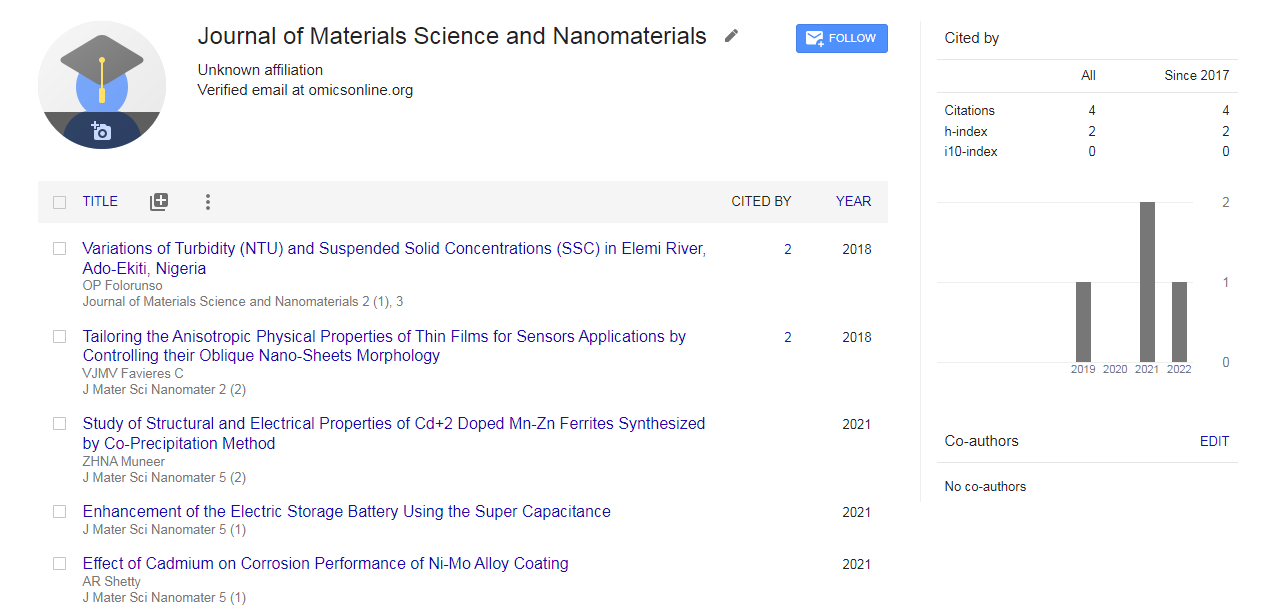Nano-Structured Catalysts for Energetic and Environmental Applications
*Corresponding Author:
Copyright: © 2019 . This is an open-access article distributed under the terms of the Creative Commons Attribution License, which permits unrestricted use, distribution, and reproduction in any medium, provided the original author and source are credited.
Abstract
Development of nanomaterials in the modern heterogeneous catalysis is strictly related to the design of new high-performance catalysts. A good heterogeneous catalyst should have a structural organization that maximizes the amount of active centers on the surface. The catalyst design is based on dispersion of active metals on supports and/or addition of dopants or promoters affecting the metals performance through the creation of novel nano-structures. Indeed, the catalytic behavior is highly sensitive to particle size, morphology and surface structure, as well as particle-support interactions and more active structures can be formed in the transition to the nanometer range.

 Spanish
Spanish  Chinese
Chinese  Russian
Russian  German
German  French
French  Japanese
Japanese  Portuguese
Portuguese  Hindi
Hindi 